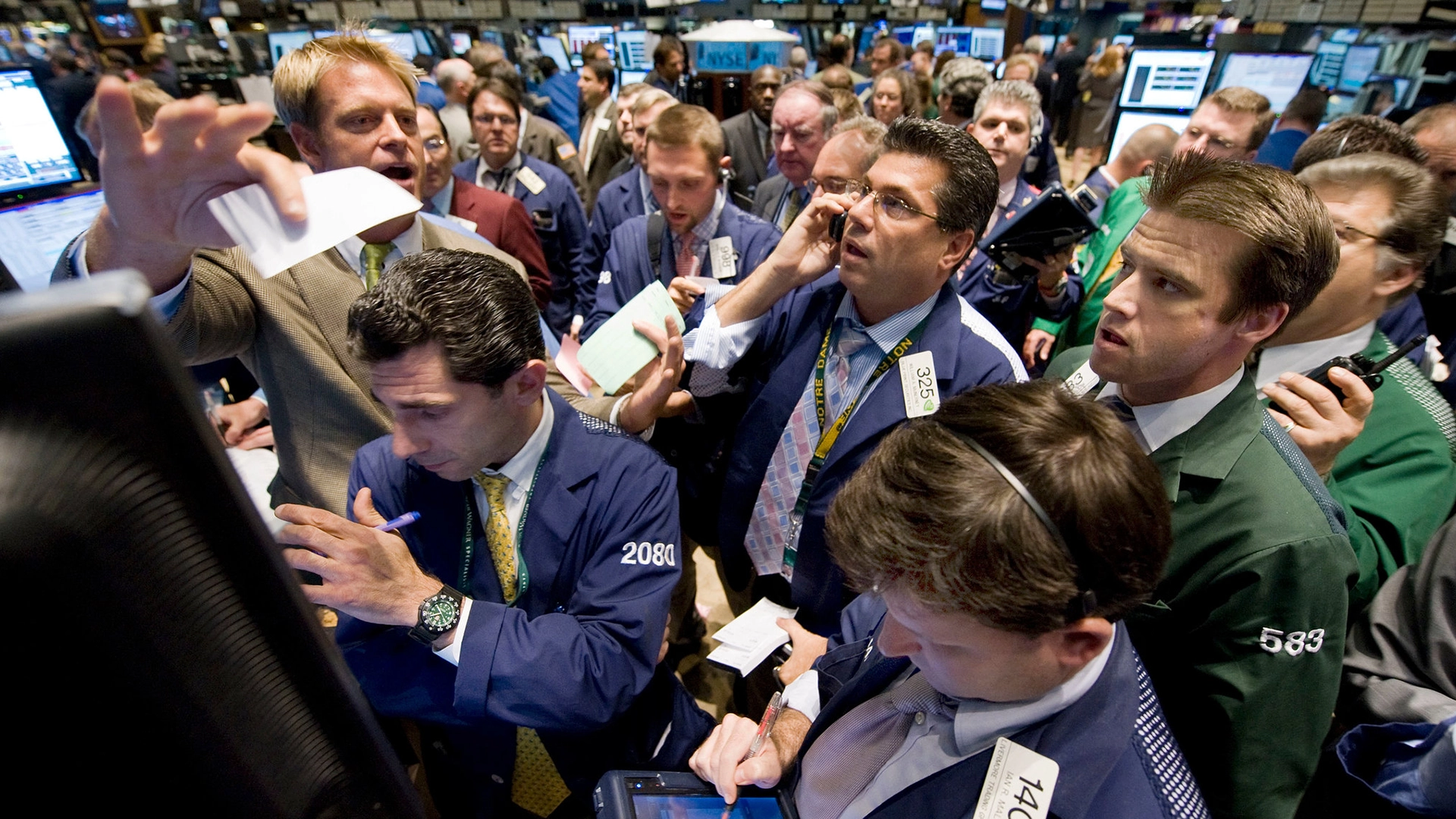
Newsletter Subscribe
Enter your email address below and subscribe to our newsletter

Enter your email address below and subscribe to our newsletter

The Great Recession of 2008 was a turning point in global finance. This article examines what triggered the collapse, how it spread across economies, and the long-term lessons learned by policymakers, investors, and institutions to prevent future crises.
|
Getting your Trinity Audio player ready...
|
The Great Recession of 2008 was more than a financial crisis; it was a structural failure of global systems built on debt, complexity, and misplaced confidence. What began as a U.S. housing correction cascaded into a worldwide liquidity collapse, exposing the fragility of an interconnected economy driven by leverage and risk-blind innovation.
Over 8.8 million jobs were lost in the U.S. alone, global GDP contracted by 2.1% in 2009, and entire industries were redefined by the shockwaves.
This Brimco Insight merges historical analysis from the original Brimco.io review with boardroom-level reflection, connecting the events of 2008 to today’s emerging risks, from fintech lending cycles to AI-driven credit systems.
The crisis remains a mirror for modern capitalism: when innovation outpaces governance, collapse follows.
The early 2000s saw unprecedented credit expansion. Following the dot-com crash, the U.S. Federal Reserve cut interest rates aggressively, fueling an era of easy borrowing. Mortgage lenders issued subprime loans to unqualified buyers, while global banks turned these loans into high-yield securities like MBS (Mortgage-Backed Securities) and CDOs (Collateralized Debt Obligations).
Financial engineering replaced prudence. Credit rating agencies stamped risky products as AAA, and institutions leveraged 30:1 ratios — betting on eternal home-price appreciation.
“When the music stops, in terms of liquidity, things will be complicated. But as long as the music is playing, you’ve got to get up and dance.” — Chuck Prince, Citigroup CEO, 2007.

The system danced, until it didn’t.
By 2006, housing prices plateaued; defaults rose sharply. As subprime borrowers failed, mortgage-backed securities imploded. Banks that held or insured these instruments faced existential losses.
Timeline of the 2008 Crisis:
Stock markets fell by over 50%. Unemployment in the U.S. hit 10% by late 2009. The crisis rippled through Europe, triggering sovereign debt problems in Greece, Spain, and Italy.
“We had to act. If we didn’t, we would have seen the collapse of the global financial system.” — Ben Bernanke, Federal Reserve Chair.

Governments responded with unprecedented monetary and fiscal intervention:
These policies saved the system but created new dependencies. Central banks became market participants, and public debt ballooned across the developed world. The solution to the crisis ( liquidity) planted the seeds of new distortions: asset inflation and wealth inequality.
The recovery was uneven. While stock indices rebounded, middle-class wealth did not. Millions lost their homes and savings. Youth unemployment in Southern Europe topped 40%. Disillusionment with financial elites fueled populist movements, from Occupy Wall Street to Brexit.
Emerging markets were collateral damage. Botswana, though insulated from toxic financial products, faced indirect fallout through declining diamond exports and reduced investment inflows. GDP fell by 7.8% in 2009, marking one of the sharpest contractions in national history.
“The crisis didn’t end in 2009 , it merely changed shape.” — Financial Times, 2015.

The Great Recession’s structural flaws remain visible in today’s financial systems:
| Lesson | 2008 Context | Modern Parallel |
| Excess Complexity | Opaque derivatives | Algorithmic AI trading systems |
| Moral Hazard | Bank bailouts | State backstops for fintech failures |
| Liquidity Fragility | Interbank freeze | Cloud compute dependencies |
| Incentive Misalignment | Short-term profit culture | Growth-at-all-costs startup model |
| Regulatory Lag | Dodd-Frank Act post-crisis | AI & data governance still catching up |
Fifteen years later, the same warning echoes: financial innovation without systemic foresight becomes a liability, not an asset.
The post-crisis decade has seen two diverging forces:
Boards today face a critical question: how to balance innovation velocity with systemic stability. The governance model of the future must combine risk visibility, ethical AI, and proactive policy coordination.
The 2008 collapse was a failure of imagination. Banks, regulators, and investors mistook complexity for control. Brimco’s perspective reframes the crisis as a governance parable: when incentives, information, and integrity diverge, collapse becomes inevitable.
The new era of AI finance (algorithmic trading, synthetic credit, and automated lending) must learn from the lessons of 2008. Oversight cannot remain reactive. Transparency must be engineered into the system, not legislated after the crash.
The Great Recession was not just a failure of finance; it was a stress test of capitalism itself. It exposed the cost of unchecked optimism and the fragility of global interdependence. Fifteen years later, the recovery is complete in numbers, but not in trust. The challenge for modern boardrooms is to ensure that progress remains accountable — that the next economic revolution learns from the last one’s mistakes.
In the end, 2008 was not an anomaly. It was a preview.